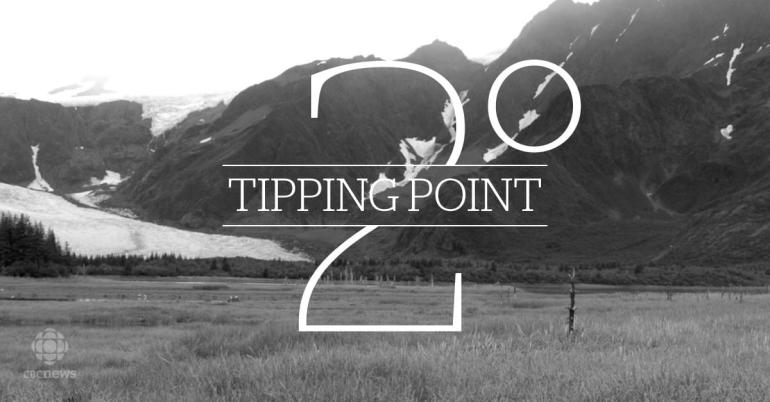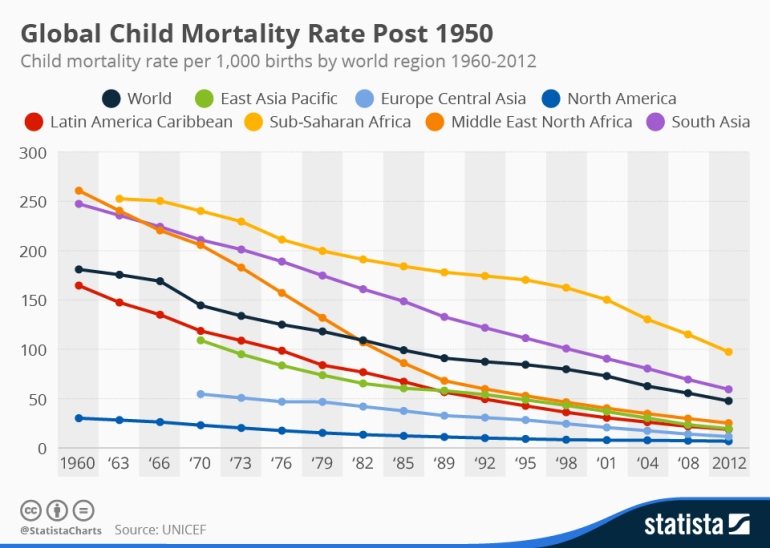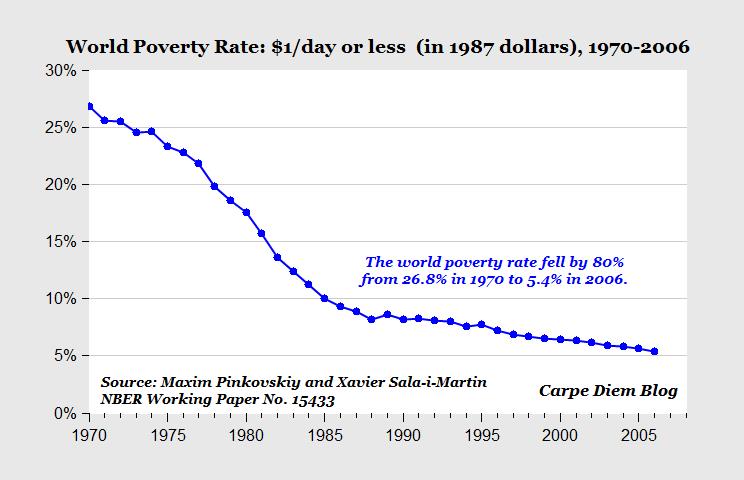‘Pictures Taken Seconds Before Death’
The climate conversation has been proceeding at a breathless pace since 1988 (a rather arbitrary starting point, but… whatever). The warming period of 1975-1998 was unusual and worthy of discussion. The idea that humans contributed to some portion of that warming was just common sense, given the rapid pace of industrialization.
But the warming achieved by 1998 has not slowed human progress in any field in the twenty years since. We grow more food, live longer and healthier lives, make more money, use a lot more energy, have more air conditioning, etc. etc. etc.
Nor do the projected natural effects of climate change show any signs of appearing. Sea level rise, temperature rise, storms and droughts all seem to follow the basic schedules they had prior to 1945. With only 82 years left in the century it would seem appropriate for those projections for 2100 to be revisited.
Instead of a sober assessment of the state of climate affairs, it seems to me that much of the consensus community has spent the last few years air-brushing the concept of atmospheric sensitivity out of the photograph, focusing instead on concepts like representative concentration pathways that start with the end result and work backwards and have baked in high levels of sensitivity in the background.
Now it could be that our planet is in the same situation as those ads I see on lots of internet newsy sites: “26 pictures taken seconds before death,” that show someone (almost always an attractive young woman) smiling on a cliff. Some day I’ll click and find out what happened to her. We could be on the edge of a ‘tipping point’, which if we pass beyond will lead us to disaster.

The conversation about tipping points for the planet ebbs and flows, typically starting with some NGO distorting the findings of a research paper examining potential impacts of global warming using a model. This has led to artificial lines in the sand like 350 ppm concentrations of CO2, 2 degrees of warming, etc. This stimulates sympathetic media coverage which lasts until more sober scientists point out the unrealistic nature of whatever point it is.

But it seems only rational to also start examining some of the basic premises that led to projections of five feet of sea level rise by 2100, etc. The effects of 20 consecutive years of relatively high temperatures have been remarkably benign.


When does the disaster start?
The Intergovernmental Panel on Climate Change estimates that (assuming an atmospheric sensitivity of around 3C) around 2040, we will start experiencing some negative effects of climate change. This will, according to the IPCC, quickly outweigh the benign to neutral effects of warming experienced to date.
Although I think sensitivity is actually around 2.1C, I take their point–if it gets warm enough we will experience some damages as a result. And I, unlike some of you readers, think we should take steps to counter warming and prepare for its effects.
But as I may have mentioned once or twice over the decade that I have been following the climate conversation, hysterical and exaggerated claims of current effects of climate change alienate many and bore many more. Those claims make it less likely that we will do what we need to do to combat a mid-level problem that we could, if we started today, turn into a fairly minor annoyance.


The way those click me photos work is that the image has nothing to do with the story at the other end…. much like most climate images like calving glaciers and hurricane damage.
LikeLike
The rock photo.. it’s a tourist location, for selfies, change the camera angle and you can see in no danger at all.. http://www.dailymail.co.uk/news/article-3363134/Now-amazing-picture-man-hanging-upside-toes-1-000ft-Brazil-revealed-clever-camera-trick-having-go.html
LikeLike
A fair, sensible and balanced assessment of the current state of events and a pragmatic approach to the prospects of possible future warming. My only gripes are that no mention at all is made of the realistic possibility of cooling by 2040, plus the fact that it is deemed “common sense” to attribute some (scientists tell us most or all) of the warming 1975-98 to AGW without mentioning the fact that a very similar episode occurred 1910-1945 when GHG emissions could only have contributed a very minor amount.
LikeLike
Nice summary Tom. Those photos are indeed as fake as the claims of imminent climate catastrophe!
LikeLike
What problems is global warming alleged to be going to cause? Nothing completely new (correct me if I’m wrong) but certainly mostly intensification of problems we already have. For example – sea level rise, drought, flooding, hunger, disease…. So why can’t we all agree to spend on these now? Whether warming makes them worse, or not, the money and effort expended is likely to be repaid. .
LikeLike
I have spent the last two months working in two of the areas heavily hit byvthis year’s hurricanecseason, Houston, Texas and Puerto Rico.
Both areashave been hit hard.
The exacerbating factors common to both areas have been bad planning, bad execution, and neglect.
A small amount of the resources spent on so-called “climate change” could have gone far to mitigate the reality of hurricanes hitting heavily populated areas.
LikeLiked by 1 person
Along similar lines, and as if further evidence of the willful ignorance of evidence by the alarmists is required, see this exchange on the “conversation”,
https://theconversation.com/why-people-around-the-world-fear-climate-change-more-than-americans-do-82630#comment_1425705
After a few posts I couldn’t be bothered arguing, he either didn’t read what I had written, misunderstood it completely or deliberately pretended it wasn’t relevant.
I had stopped posting on the “conversation”, but sometimes hard to resist, I will have to have more restraint in the future, life is too short and so many other more interesting things to do.
LikeLiked by 1 person
The latest snapshot of runaway global warming in the oceans. ‘Well mixed’ CO2 doesn’t appear to be doing such a grand job of heating the southern hemisphere. Can’t imagine why that is.
LikeLike
Peter Morero. Might I encourage to engage for longer, and perhaps here. When you engage with people like Chris Crawford I will admit it can be highly frustrating. However, you are not just arguing with someone who didn’t read what you had written, misunderstood it completely or deliberately pretended it was not relevant. You are informing many others of material that doesn’t get sufficiently aired. You provide comfort and material for those who are fighting in the trenches. If people like you voluntarily retire from the field, we lose out.
LikeLike
Osseo: “So why can’t we all agree to spend on these now? “
I think the idea in the US is that if they borrow 2 trillion dollars and give it to rich people and firms that don’t need it, they’ll spend it on lots of good things like you suggest.
Jaime, still pushing global cooling eh? Any evidence?
LikeLike
Straw person, Len – to be blown away in the wind.
LikeLike
Osseo your 20th Nov., 6.44 pm suggestion is a highly dangerous one because it separates lukewarmers and almost lukewarmers from the nutters that believe in CAGW (or should it be CACC). It was faintly possible that you could have won Len over (or at the very least made his argumentation even more extreme and unbelievable).
LikeLike
I disagree diametrically with your conclusions, and a number of your premises, Tom.
I loved your post.
Go figure.
LikeLike